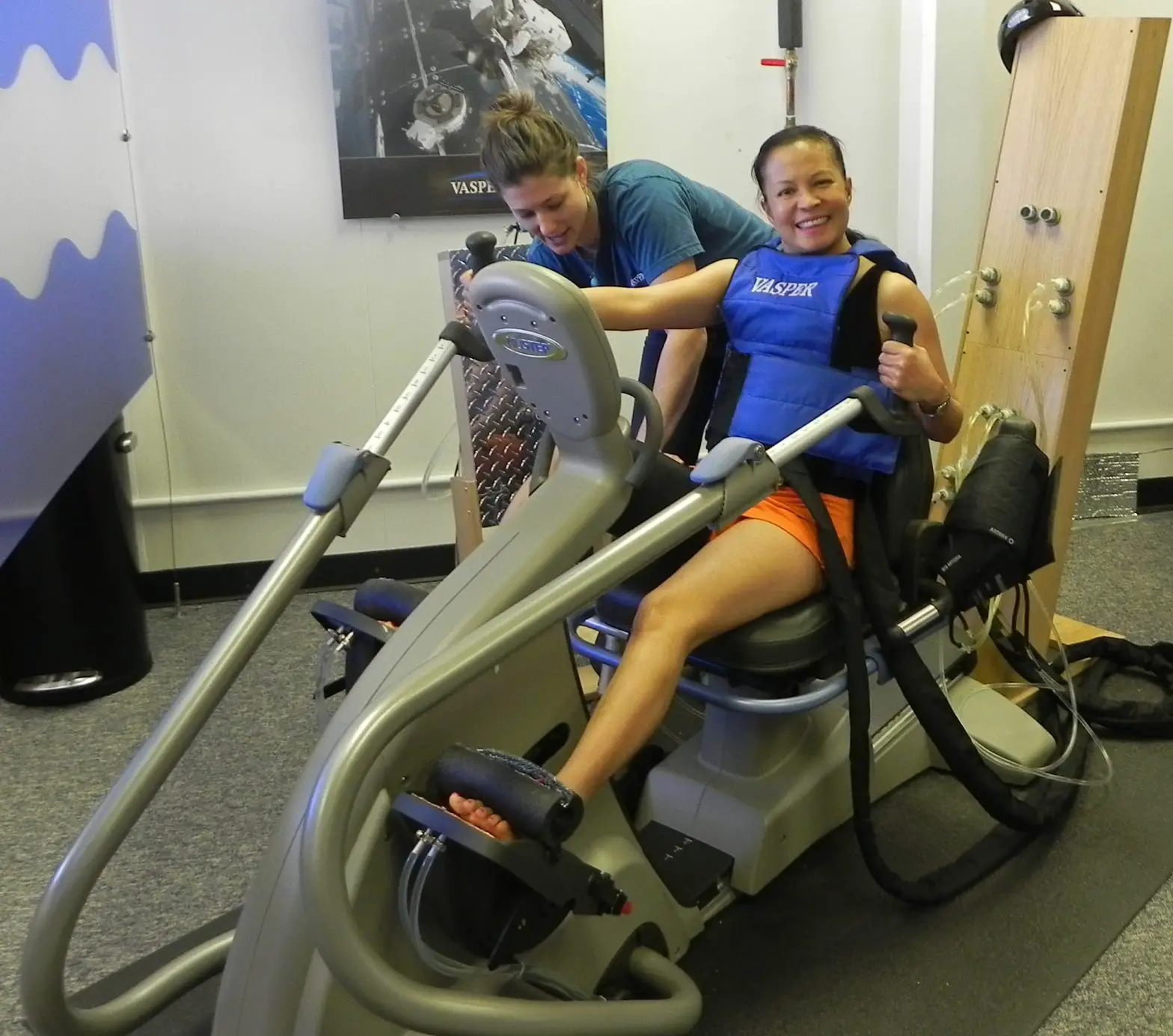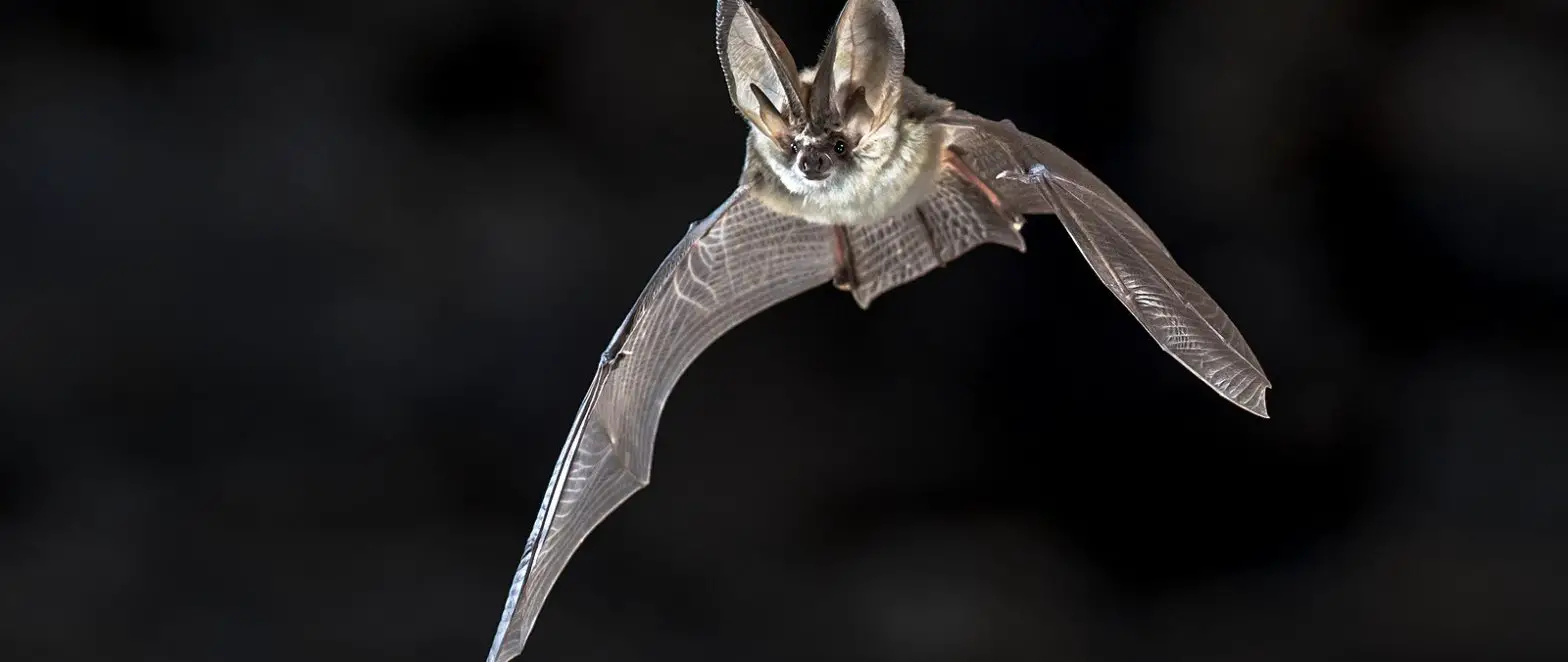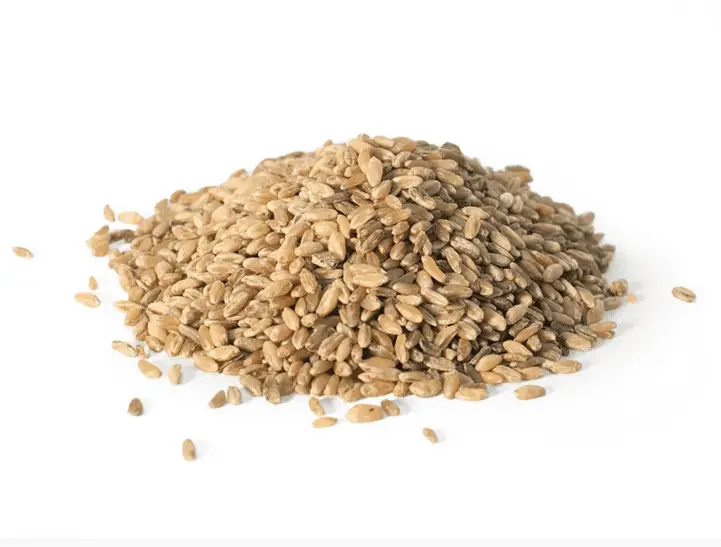
by David Bunnell
This past week my colleague Shirley Ginnis (pictured above) and I visited the Mountain View office of Vasper Fitness and Performance Systems to test their high-tech exercise machine that reportedly provides the equivalent of a two-hour workout in only 20 minutes. And you don’t sweat!
Even more compelling, exercising on a Vasper has been shown to increase the body’s production of human growth hormone (HGH) which has many benefits including increased muscle mass and bone density, decreased body fat, improved sleep, faster recovery from exercise or physical injuries, and increased exercise capacity. Whether higher levels of HGH actually makes you younger or not is debatable but who cares if it gives you more energy and makes you feel younger.
If you can increase your HGH levels naturally without the fuss of expensive daily injections that may come with some alarming side-effects (see Mayo Clinic article) then Vasper is a potential winner for those of us who want to live longer, healthier lives.
 Just getting to the Vasper office is quite an adventure as it is located at Moffitt Field NASA Ames Research Center under the shadow of one of the world’s largest free standing buildings–Hangar One, a massive blimp hangar built during the Depression.
Just getting to the Vasper office is quite an adventure as it is located at Moffitt Field NASA Ames Research Center under the shadow of one of the world’s largest free standing buildings–Hangar One, a massive blimp hangar built during the Depression.
First, from highway 101 you have to drive through a military checkpoint, where you simply tell the nice marine that you are visiting Vasper and show him your California driver’s license. You then follow a windy road towards Hangar One past some vacant  military buildings and an immaculately mowed parade ground to a group of trailer-like structures, one of which is building 566, the Vasper office combination gymnasium.
military buildings and an immaculately mowed parade ground to a group of trailer-like structures, one of which is building 566, the Vasper office combination gymnasium.
The reason Vasper is at this peculiar location is because they have a research contract with NASA to see if their exercise technology might be useful for astronauts.
Sedate on the outside, Vasper is buzzing with activity on the inside. There is a reception desk where you sign in and four Vasper stations where people are peddling away, each attended by an assistent monitoring their every stroke.
After checking in, Shirley and I ask the attendent if we can interview Vasper’s founder, Peter Wasowski, before we go through the workout. Peter is busy but he’s intrigued by the name of this blog (Death is Obsolete) so he asks us to follow him to his lab, an identical building next door.
 An energetic 64 year old professorial man with sparkling eyes, Peters impresses me as a nerd who has never quite grown up as he profusely expounds on the theories behind the Vasper system while pointing to some charts on the wall of his laboratory.
An energetic 64 year old professorial man with sparkling eyes, Peters impresses me as a nerd who has never quite grown up as he profusely expounds on the theories behind the Vasper system while pointing to some charts on the wall of his laboratory.
Pointing to a graphic of children at play, he says “whenever you see kids running around there are huge amounts of lactic acid accumulating in their bodies and the more lactic acid the stronger the feedback to the pituitary gland to release more growth hormone.”
“At puberty,” he continues,”the body reaches closer to adult size, your muscles are bigger, and so you are no longer able to concentrate lactic acid. Every 10 years after puberty humans lose 14% of their production of growth hormone.”

“This is the main reason,” he points out, “that older people take longer to recover from injuries.”
Peter goes on to explain there are three core ideas behind the Vasper technology:
- Compression. Cuffs, similar to the ones used when measuring blood pressure, are applied to upper thighs and biceps to trap the lactic acid that is produced when you exercise. This “fools the brain into thinking you have destroyed muscle tissue when in fact you have not.
- Core body cooling. A vest is wrapped around the chest which is filled with a cold liquid. The same liquid is also pumped into the cuffs and into a helmet. This keeps your body from sweating, thereby preventing the loss of oxygen that would otherwise occur as your blood temperature goes up. And since oxygen is the fuel for the muscles, this makes your exercise more efficient.
- Grounding. Peter tells us that “arthritis took off in the Western world in the mid-1950’s when polymers were invented.” The theory is that because of synthetic clothing, nylon carpets, rubber soles, etc., people started picking up a lot of static electricity and they “had no way to off-load it.” He says static electricity is an “inflammatory energy” and that if you go to India where 800 million people wear cotton clothes and are barefoot you will see very little arthritis. For this reason when you exercise on a Vasper machine you do it barefoot and your feet rest on a grounded copper plate.







